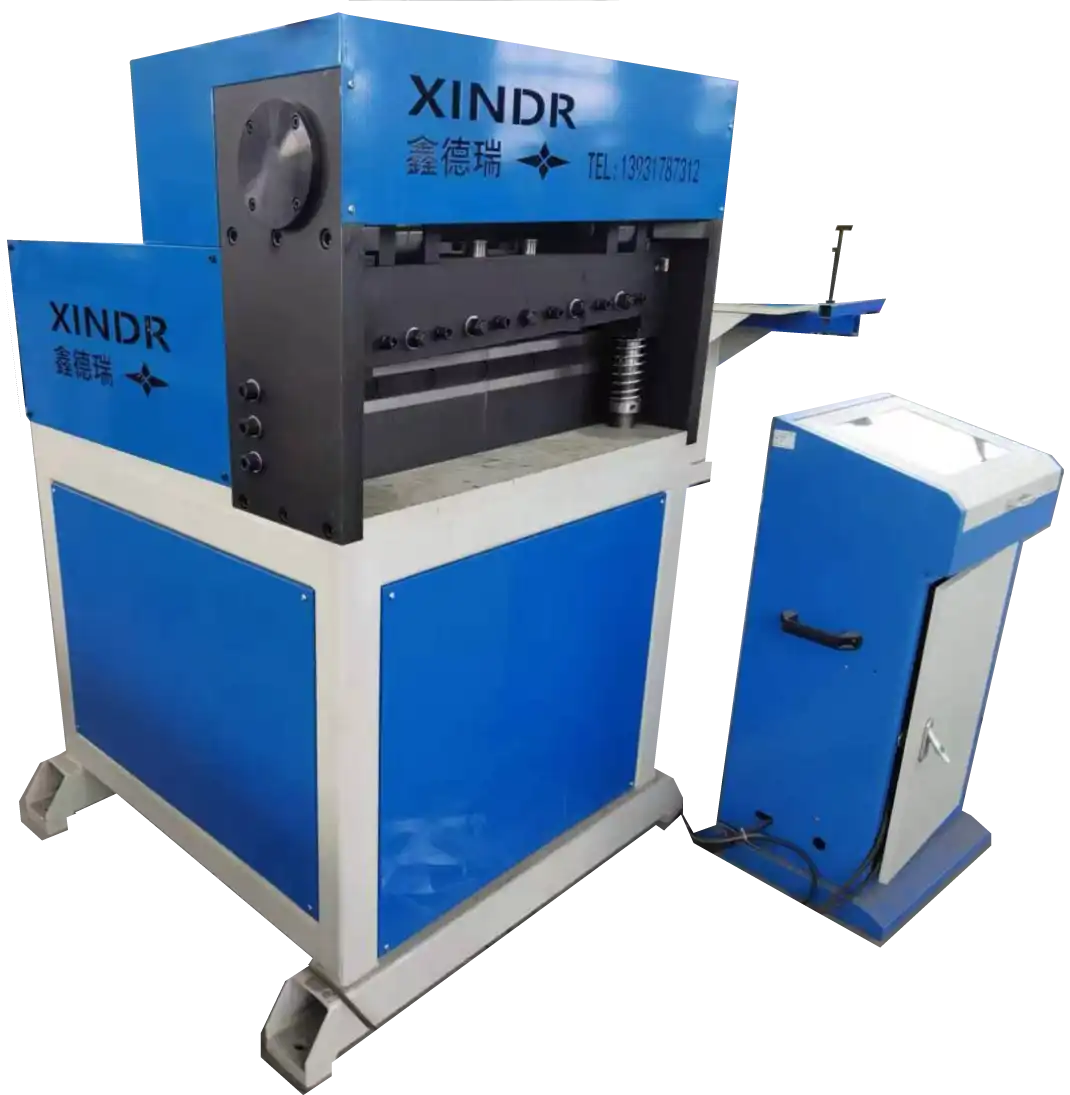



Production Process of Diammonium Phosphate and Its Applications in Agriculture
Manufacture of Diammonium Phosphate An Overview
Diammonium phosphate (DAP) is one of the most widely used nitrogen-phosphorus fertilizers in the agricultural sector. Known for its high nutrient content and efficiency in promoting plant growth, DAP is essential for improving soil fertility and increasing crop yields. The manufacture of DAP involves a series of chemical processes that transform raw materials into a valuable fertilizer product. This article provides an overview of the manufacturing process, key raw materials, and the significance of DAP in agriculture.
Raw Materials
The primary raw materials for the production of diammonium phosphate are phosphoric acid, ammonia, and water. Phosphoric acid, which can be produced from phosphate rock through various methods, provides the phosphorus component needed for DAP. Ammonia, usually obtained through the Haber-Bosch process from natural gas, supplies the nitrogen content. These basic ingredients must be available in adequate quantities and quality to ensure a smooth and efficient production process.
Manufacturing Process
The manufacturing process of DAP typically involves several steps, beginning with the reaction of phosphoric acid with ammonia
. The steps can be summarized as follows1. Production of Phosphoric Acid The first step in the DAP manufacturing process involves the conversion of phosphate rock into phosphoric acid. This is achieved through a wet process where phosphate rock is reacted with sulfuric acid, leading to the formation of phosphoric acid and gypsum as a byproduct. This phosphoric acid serves as the source of phosphorus in the subsequent DAP synthesis.
2. Ammoniation Once phosphoric acid is prepared, it is mixed with anhydrous ammonia or ammonium hydroxide. This reaction is exothermic and leads to the formation of diammonium phosphate and water. The optimal conditions, such as temperature and the molar ratio of ammonia to phosphoric acid, must be carefully controlled to maximize yield and prevent the formation of unwanted byproducts.
manufacture of diammonium phosphate

3. Granulation After the formation of DAP, the product is often in the form of a fine powder. To enhance handling, storage, and application processes, this powder is granulated. Granulation involves agglomerating the fine particles to form larger granules that can be easily spread over fields. This can be achieved through a variety of methods, including drum granulation or fluidized bed granulation.
4. Cooling and Drying Following granulation, the DAP granules are typically cooled and dried to remove excess moisture. Proper cooling and drying are essential to maintain the stability and quality of the fertilizer. Moisture can lead to caking, which makes application difficult and reduces the effectiveness of the product.
5. Packaging and Distribution The final step in the manufacturing process is packaging the finished DAP product. It is usually packaged in bags or bulk containers for distribution to agricultural suppliers and farmers. The product is then ready for application to crops, ensuring that the nutrients are easily accessible for plants.
Significance of DAP in Agriculture
The importance of diammonium phosphate in agriculture cannot be overstated. As a balanced fertilizer with both nitrogen and phosphorus, DAP plays a critical role in early plant growth, root development, and crop yields. Its high solubility allows for quick nutrient uptake by plants, making it especially effective during critical growth phases.
Additionally, DAP has a neutral pH, which helps prevent soil acidification, a common concern with other nitrogenous fertilizers. This attribute makes it suitable for a wide variety of crops and soils, further enhancing its utility among agriculturalists.
In conclusion, the manufacture of diammonium phosphate involves careful sourcing of raw materials and precise chemical processes. As a vital fertilizer, DAP contributes significantly to global food production and agricultural sustainability. By ensuring an adequate supply of this important nutrient, farmers can support healthier crops and improve overall agricultural productivity. As the demand for food continues to rise, enhancing the efficiency of DAP production will remain a priority for the agricultural industry.
-
Why Sodium Persulfate Is Everywhere NowNewsJul.07,2025
-
Why Polyacrylamide Is in High DemandNewsJul.07,2025
-
Understanding Paint Chemicals and Their ApplicationsNewsJul.07,2025
-
Smart Use Of Mining ChemicalsNewsJul.07,2025
-
Practical Uses of Potassium MonopersulfateNewsJul.07,2025
-
Agrochemicals In Real FarmingNewsJul.07,2025
-
Sodium Chlorite Hot UsesNewsJul.01,2025










